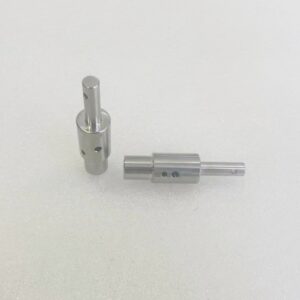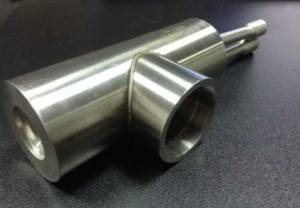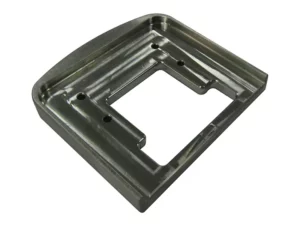The (DIP) is an essential component in electronics, shaping how electronic circuits are designed and assembled. As a packaging method for integrated circuits (ICs), DIP is widely used in various electronics, from computers to consumer gadgets. This article delves into the structure, types, applications, and advantages of the DIP, providing a complete understanding of its role in modern technology.

Table of Contents
ToggleWhat is a Dual In-Line Package (DIP)?
A Dual In-Line Package (DIP) is a standardized IC packaging design with a rectangular body with two parallel rows of pins. These pins enable easy insertion into printed circuit boards (PCBs), making DIPs suitable for manual and automated assembly. Each row typically features 4 to 64 pins, with the number of pins depending on the circuit’s complexity and the specific needs of the device.
Types of Dual In Line Packages
DIPs come in several types, each designed for specific applications. Here are some of the most common types:
Plastic Dual In-Line Package (PDIP)
The Plastic DIP (PDIP) is the most popular type of DIP due to its affordability and reliability. Encased in plastic, PDIPs are lightweight and ideal for applications in consumer electronics.
Ceramic Dual In Line Package (CDIP)
The Ceramic DIP (CDIP) is used in applications where high thermal stability and resistance to environmental factors are critical. The ceramic casing offers superior protection, making it suitable for aerospace, medical, and military applications.
Shrink Dual In-Line Package (SDIP)
The Shrink DIP (SDIP) offers a smaller footprint compared to standard DIPs, allowing for higher component density on the PCB. This makes SDIPs particularly beneficial for compact electronic designs, such as mobile devices and compact computer modules.
Advantages of Dual In-Line Packages
The Dual In-Line Package offers various advantages that make it a preferred choice in circuit design and IC packaging:
- Ease of Assembly: The DIP’s parallel pin configuration allows for simple and reliable manual or automated insertion.
- Cost-Effective: DIPs, especially PDIPs, are generally cheaper than other IC packaging options.
- Compatibility: DIP components are compatible with a wide range of sockets and breadboards, making them versatile for prototyping and development work.
- Reliable Heat Dissipation: DIPs allow for effective heat dissipation due to their structure, reducing the risk of overheating in high-power applications.
Applications of Dual In-Line Packages
DIPs aren’t just sitting in your drawer; they have many uses. Here’s how they pop up in the world of electronics:
- Microcontrollers: Often found in projects for robotics and automation.
- Memory Chips: Like RAM or EEPROM; they help store data.
- Operational Amplifiers: These are key in audio and signal processing circuits.
Comparison with Other IC Packages
While DIPs are widely used, alternative packaging methods are available for ICs, each with distinct advantages. Here’s how DIPs compare to other packaging types:
- Surface-Mount Packages (SMDs): Unlike DIPs, SMDs are mounted directly on the PCB without the need for through-holes. They are more compact but harder to work with in prototyping.
- Ball Grid Arrays (BGAs): BGAs offer higher pin density and improved heat dissipation but are significantly more complex and costly compared to DIPs.
- Quad Flat Packages (QFPs): QFPs provide a higher pin count than DIPs and have pins extending from all four sides. However, they are more challenging to install and less suitable for breadboard prototyping.
Conclusion: The Value of DIPs
Dual In-Line Package plays a crucial role in the world of electronics. They offer a blend of simplicity, affordability, and versatility, making them a go-to choice for both beginners and experienced makers. Whether you’re building a robot or just tinkering with circuits, DIPs can help you bring your ideas to life. So next time you see a DIP, you’ll know it’s not just a simple package—it’s a key player in your electronic adventures!
0


